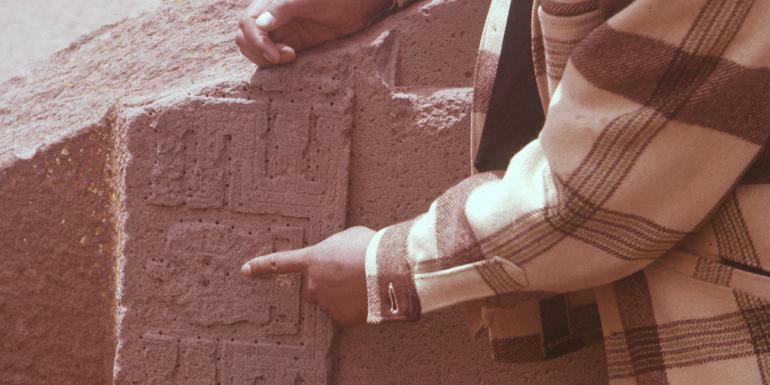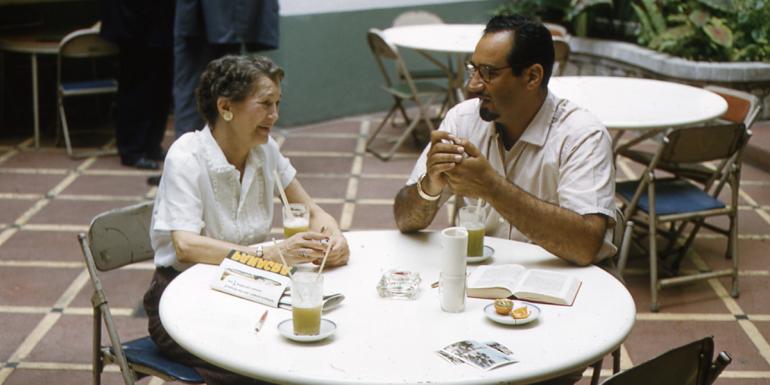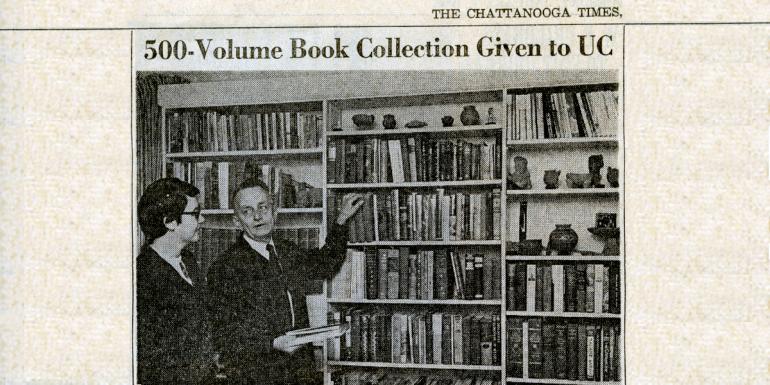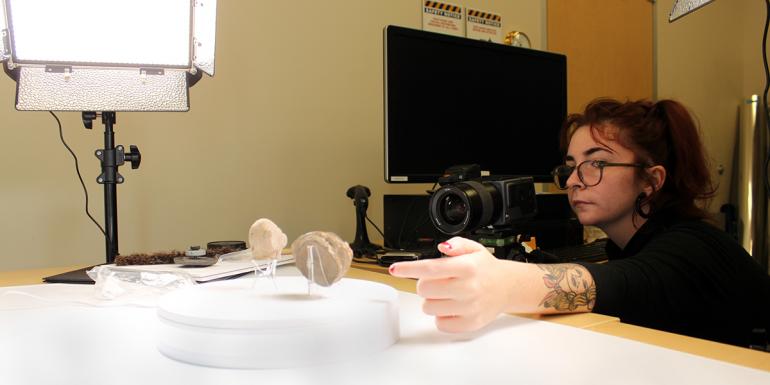Provenance
The circumstances under which the University of Tennessee at Chattanooga (UTC) acquired the George and Louise Patten collection of Salem Hyde papers and cultural artifacts are a valuable lens through which to engage in discussions regarding colonialism and issues surrounding the theft and unauthorized removal of cultural patrimony. The cultures that produced the pieces in the collection existed centuries before Columbus encountered the Americas. Scholars credit ancient cultures, such as the Valdivia– a civilization in Ecuador that thrived from 3500 B.C.E. to 1500 B.C.E., with the creation of these works. Centuries later in the mid-20th century, Emilio Estrada and his team orchestrated archaeological digs that unearthed these pieces, sparking the interest of Salem Hyde, an amateur archaeologist and businessman from Cleveland, Tennessee. During his travels through Central and South America, Hyde and his wife, Louise, befriended the Estrada family and obtained the works that comprise UTC’s collection. In memory of Louise, Hyde donated the collection to the Department of Anthropology. As curators, we are extremely appreciative and privileged to have access to this collection. Our research on these works has also fostered our understanding that these objects represent the cultural patrimony of the Indigenous heritage of Central America. Although the histories of these artifacts can not be definitive, their record of ownership– or provenance– can be.











